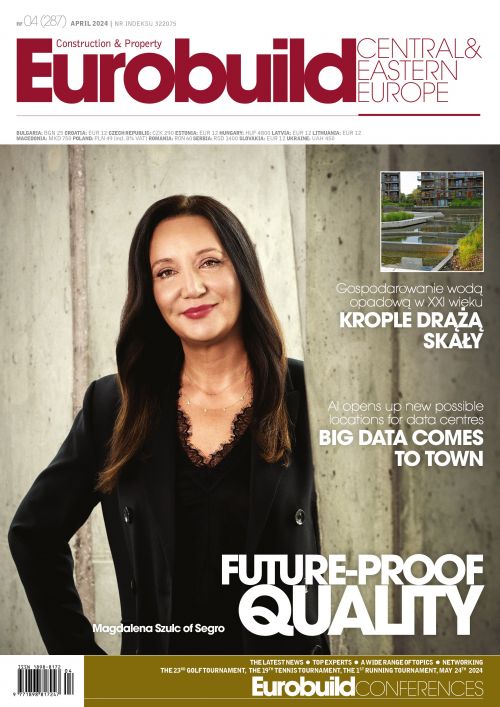Few of us (hopefully) no longer deny that climate change is taking place, but due to it we are also becoming more accustomed to extreme weather events, such as floods and droughts. As a result, factors such as the management of rainwater now have to be taken into account in the design of new buildings as well as in the modernisation projects for those that already exist. The floodings of cities and settlements in recent years, which have been exacerbated by inadequate sewerage and drainage systems as well as rising temperatures caused by urban heat islands, provide us with just two examples of the dangers resulting from infrastructure that fails to meet current challenges.
Better than bog-standard
“Climate change is having an impact on the entire water cycle, and so managing rainwater has become crucial to adapting cities to this new reality. As a result, developers and investors are also faced with a new situation to deal with. This is not just a responsibility, but also an































































